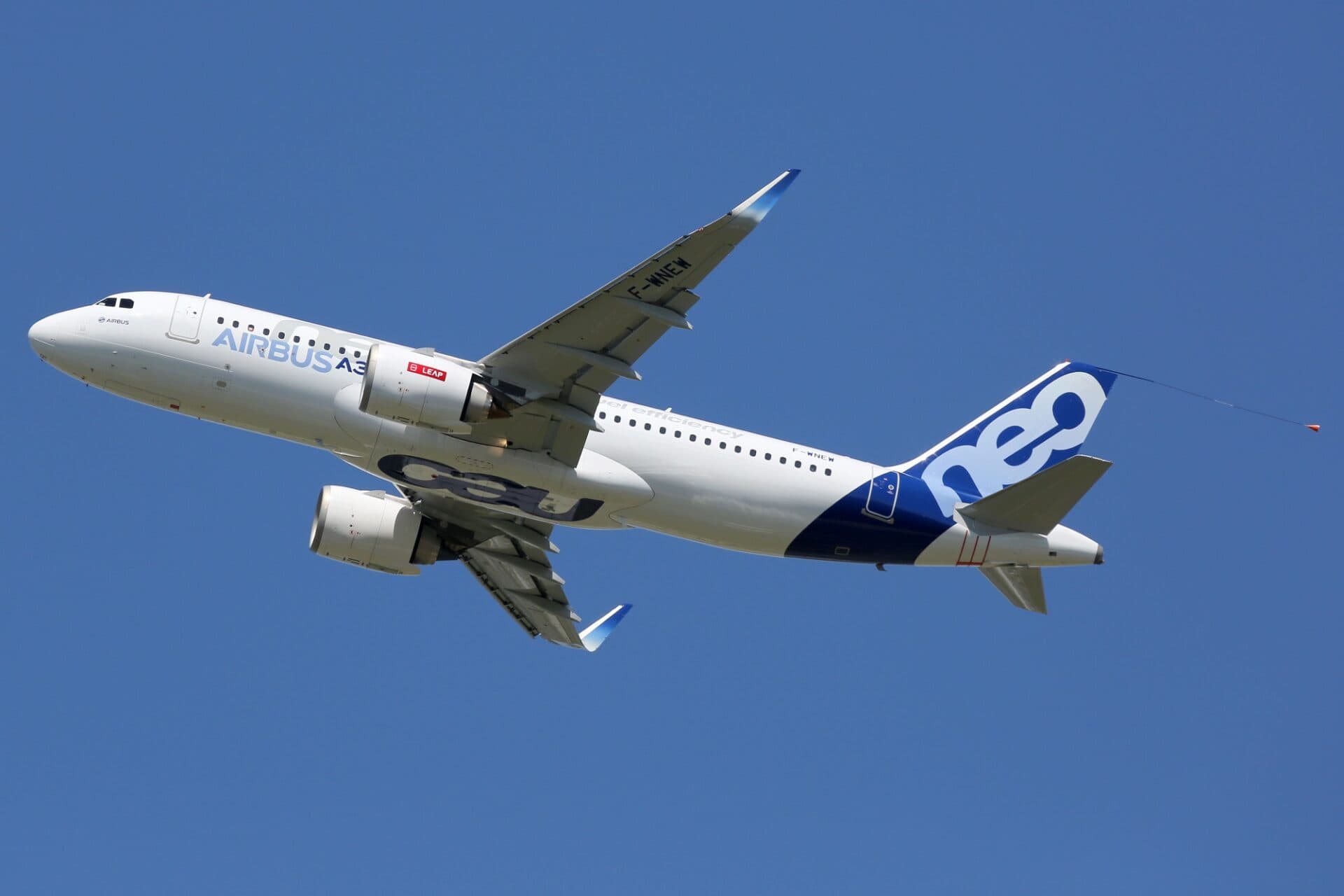U.S. Air Force to Acquire Tesla Cybertrucks as Missile Test Targets Amid Rising Concerns
The U.S. Air Force has announced plans to purchase two Tesla Cybertrucks to serve as targets for precision munitions testing, a decision driven by the increasing likelihood that adversaries may adopt similar vehicles for military purposes. The Cybertrucks, known for their robust design and high resistance to damage, will be delivered to the White Sands Missile Range in New Mexico, where they will be utilized in the Special Operations Command (SOCOM) program to test guided missiles, including the Hellfire and Griffin systems.
Background & Context
The decision to incorporate Tesla Cybertrucks into missile testing reflects a growing concern within the U.S. military regarding the evolving landscape of warfare. As technological advancements make vehicles like the Cybertruck more accessible, military strategists are increasingly wary of their potential use by adversaries. The Cybertruck"s unique features, such as its durable exoskeleton and bullet-resistant glass, present a formidable challenge for missile systems designed to neutralize threats on the battlefield.
Historically, military forces have utilized a variety of vehicles for target practice, from old tanks to decommissioned aircraft. However, the choice of a modern electric vehicle like the Cybertruck marks a significant shift in target selection, illustrating the intersection of technology and strategic defense planning. This decision comes at a time when the U.S. military is adapting to new forms of warfare, including cyber and hybrid conflicts.
Key Developments
The U.S. Air Force"s acquisition of the Cybertrucks is part of a broader strategy to ensure that its munitions remain effective against a wide range of targets. The vehicles will be subjected to rigorous testing protocols, allowing military engineers to evaluate the performance of various missile systems against a target that closely resembles what they may encounter in future combat scenarios.
Officials have stated that the tests will include a range of precision-guided munitions, specifically the Hellfire and Griffin missiles, both of which are critical components of the U.S. military"s arsenal. The Hellfire missile is primarily used against armored vehicles and personnel, while the Griffin missile is designed for precision strikes against smaller, mobile targets. By utilizing the Cybertruck, the Air Force aims to enhance its testing effectiveness and stay ahead of potential adversaries who may adopt similar technologies.
Broader Impact
The implications of this decision extend beyond mere testing; they reflect a strategic pivot within the U.S. military"s approach to modern warfare. Experts suggest that the integration of advanced vehicles like the Cybertruck into military exercises could influence defense procurement strategies and the development of future weaponry. As previously reported, the modernization of military capabilities is essential in maintaining a tactical edge over global adversaries.
Moreover, the Air Force"s initiative may encourage other branches of the military to explore similar partnerships with technology companies, fostering innovation in defense capabilities. The collaboration between the military and private sector entities like Tesla underscores the trend of dual-use technologies—where advancements in civilian tech can be repurposed for military applications, raising both opportunities and ethical considerations.
What"s Next
As the Cybertrucks are prepared for delivery to the White Sands Missile Range, military officials will likely begin outlining specific timelines for testing and evaluation. This phase will not only assess the Cybertruck"s resilience under missile strikes but also provide insights into how such vehicles can be effectively countered in real-world scenarios.
The Air Force"s decision is expected to fuel discussions surrounding the role of electric vehicles in military operations, particularly as the U.S. moves towards more sustainable practices. As military needs evolve, so too will the technologies used to meet those needs, creating a dynamic landscape for future defense initiatives.
In light of this development, stakeholders within the defense community will be watching closely to see how the outcomes of these tests might shape future procurement strategies and military tactics. As the landscape of warfare continues to change, the U.S. military"s adaptability will be crucial in maintaining its operational effectiveness against emerging threats.




![[Video] South Korea launches Nuri rocket, deploying 13 satellites into orbit](/_next/image?url=%2Fapi%2Fimage%2Fthumbnails%2Fthumbnail-1764174656498-r36ia-thumbnail.jpg&w=3840&q=75)



![[Video] Vladimir Putin delivers speech in military uniform](/_next/image?url=%2Fapi%2Fimage%2Fthumbnails%2Fthumbnail-1764621642413-vh08a-thumbnail.jpg&w=3840&q=75)